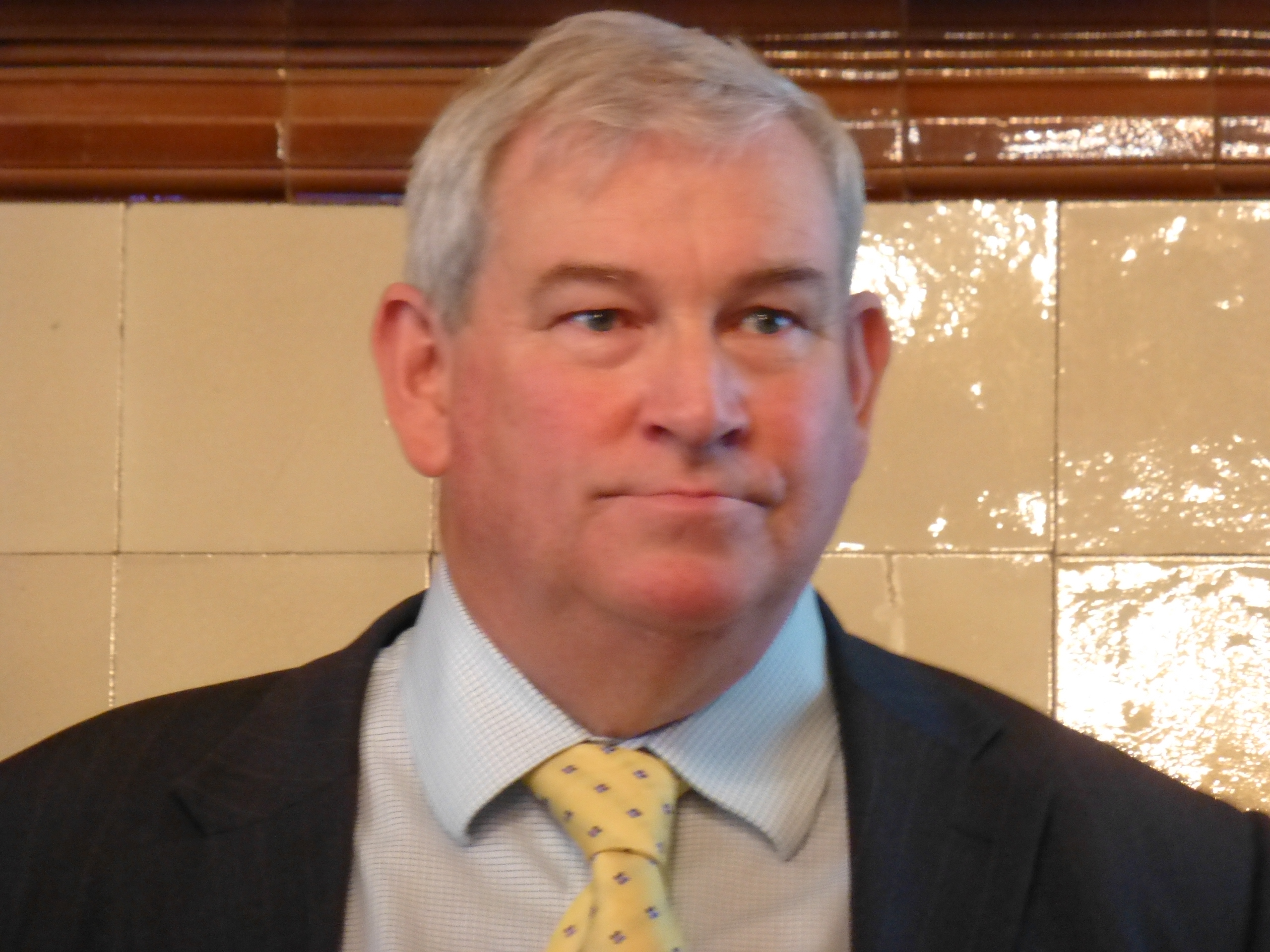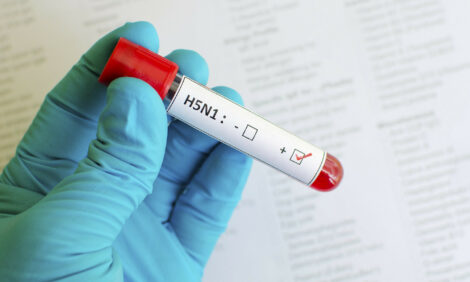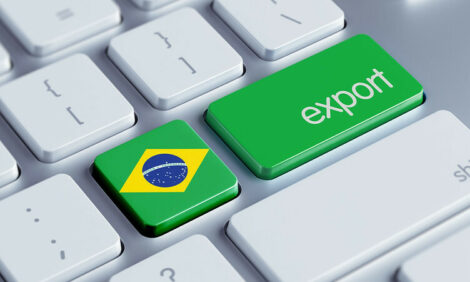



Using Water Wisely in the Poultry Sector
ANALYSIS - The latest Sustainable Development Goals from the United Nations include the availability of sustainable management of water and sanitation for all. Jackie Linden reports on how the poultry sector can play its part in helping to achieve this goal.For those of us lucky enough to live in comparatively wealthy industrialised countries, water is something we tend to take for granted.
“In many parts of the world, the supply of water is even now not as easy as turning on a tap,” said Bruce Keith in introducing his report entitled ‘Unlocking the Potential of Water’ for the annual Temperton Fellowship in London this week. Mr Keith is a Chartered Surveyor and President Elect of the Chartered Institution of Water and Environmental Management (CIWIM).

Known as the Blue Planet because 70 per cent of its surface is covered with water, the Earth appears to have plentiful supplies of this vital resource. However, the reality is that 97.5 per cent of the total is saltwater, two-thirds of the freshwater is locked up in glaciers and the polar ice-caps, and two-thirds of the surface water is present as ground ice and permafrost.
That leaves only a tiny proportion of the Earth’s total water available for us to use. And even that amount is in decline, for example in the Aral Sea, where excessive extraction of water for irrigation has led to the dramatic shrinking of the lake and its replacement with a new desert area.
In terms of global water usage, agriculture accounts for 69 per cent of the total, industry for 23 per cent and domestic use takes the remaining eight per cent.
Unsurprisingly, water usage varies widely between countries, said Mr Keith. Average use per person has been estimated at 7,785 litres in the United States and four litres in Mozambique. And while one billion people or 15 per cent of the world population have no access to clean drinking water, some of us use potable water in our gardens and to clean our cars.
Water stress – situations where the supply is inadequate – is going to become more common with the growing human population, increasing urbanisation and changing diets.
With an estimated annual increase of 2.5 per cent, water consumption is actually out-pacing the rate of population growth. Adding to these challenges are ever more erratic weather patterns resulting from climate change that bring more frequent and severe droughts and flooding.
Addressing water scarcity
Mr Keith outlined the three broad options available to us: to use less water, to use what we do more efficiently and to create more water.
Among his suggestions for reducing water use overall are changing to a more vegetable-based diet, switching to new foods such as insects and cutting food and water wastage. Techniques have also been developed to recycle water for other uses, for example, using waste water from domestic or commercial use for crop irrigation.
As a means of creating more fresh water, desalination is becoming a more efficient process and can make use of renewable energy, particularly solar power, to supply the considerable energy requirement.
More efficient use of water in agriculture
The overriding answer to the challenge of future food production is a series of step changes in natural resource productivity, according to Mr Keith, and underpinning this productivity are biotechnology, information and engineering technology.
Among the options for the sector are the development of crops and varieties that require less water, such as grain sorghum whose deep and fibrous root system allow it to tolerate periods of drought without loss of yield. In many countries with limited natural rainfall, large areas have become damaged by salt as the result of previous irrigation; researchers in the Netherlands and Dubai are looking at growing salt-tolerant crops.
Adjustments to farm management practices and crop rotations may be effective ways to reduce overall water use, while precision farming techniques including modelling and monitoring of soil water levels and crop needs allow for more targeted application of irrigation.
On farms, collection and storage of rainwater in covered tanks – to improve hygiene and reduce evaporation - can help reduce extraction from boreholes or mains water systems.
How the poultry industry contributes to improved water use efficiency
In terms of water use efficiency, the poultry sector has a significant advantage over the other livestock sectord in terms of its favourable water footprint.
The 2011 publication ‘Virtual Water’ estimates that one kilo of chicken requires a total of 3,900 litres of water while one kilo of egg requires 120-200 litres. These figures indicate much more efficient use of water than the 4,800 and 15,500 litres calculated per kilo of pork and beef, respectively.
It is already widely recognised that the poultry breeding companies have made huge progress in improving the efficiency with which today’s broilers utilise feed compared with birds of 50-60 years ago. What may be less well known is that similar progress has been achieved in the efficiency of water use, said Mr Keith.
Research at the University of Arkansas has revealed that, while modern birds consume more water individually than their earlier cousins, they achieve heavier weights with a lower water to feed ratio. Furthermore, genetic selection is being applied by the breeding companies to produce birds that will perform well under less-than-ideal growing conditions, such as reduced water availability.
Poultry equipment manufacturers are also playing their part, designing drinker systems that cut water wastage when the birds drink.
Air conditioning of broiler houses can help to maintain bird performance and efficiency, especially in hot climates. Mr Keith cited a development in water recycling used in Australia, where the condensation generated by the broilers at the exhaust end of a tunnel-ventilated house is cleaned and recycled as the trickle water that cools the fresh air entering the building.
Old technology in poultry processing plants required very large volumes of water, particularly for hygiene purposes. One company in the UK has been trialling a thermal ultrasound treatment for carcasses that combines hot steam and high frequency ultrasound. As well as significantly reducing the prevalence of Campylobacter contamination on the carcasses, the process has been found to be much quicker and to reduce the consumption of both energy and water.
Summing up his findings, Mr Keith said that each player in the poultry supply chain – from arable farmer, through feed companies and poultry producers to processors and retailers – needs to examine their water use to identify the risks ahead and develop creative ways to make more efficient use of this limited resource.
With the issues of growing water scarcity costing billions of dollars a year, water is fast becoming an agenda item in every boardroom, he said.
For the poultry industry, its structure and integrated nature lend themselves to the achievement of sound stewardship in water resource use as part of overall sustainability. Mr Keith suggested the inclusion of water stewardship in the national Red Tractor and British Lion egg assurance schemes to further raise awareness of this vital issue throughout the supply chain and to consumers.
The Temperton Fellowship was established to commemorate the contribution of Dr Harold Temperton, Director of the National Institute of Poultry Husbandry at Harper Adams Agricultural College (now Harper Adams University) from 1951 to 1974. Chairman of the Fellowship is Peel Holroyd, who introduced Mr Keith to give this year’s annual lecture.








